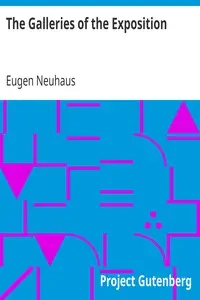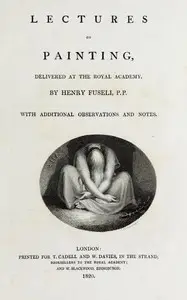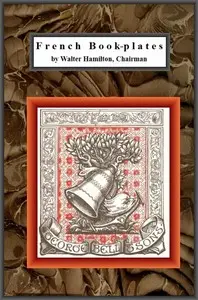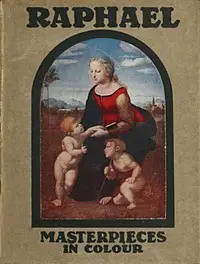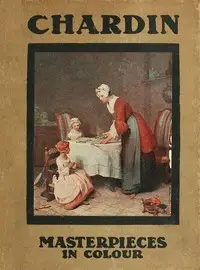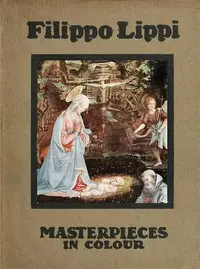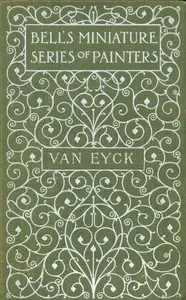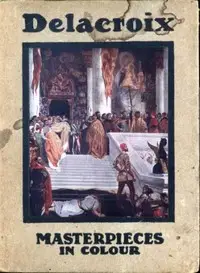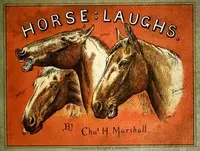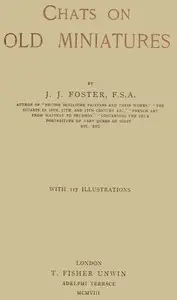"The Louvre: Fifty Plates in Colour" by Paul G. Konody and Maurice W. Brockwell is an early 20th-century illustrated art book that showcases the Louvre Museum's incredible collection and its historical importance through detailed looks at numerous paintings from different artists and artistic movements. The book examines famous artworks like the "Mona Lisa" and seeks to give readers a better understanding of how artistic styles evolved within the museum's walls. The authors introduce their study, explaining their approach to analyzing the paintings and highlighting the role of historical context in understanding art, acknowledging the complexities in determining who truly created some of the Italian paintings. The introduction also touches on how the Louvre transformed from a royal collection, mentioning monarchs like François I who played a key role in building the art collection, with insights into the artists' unique contributions to the museum’s esteemed collection.
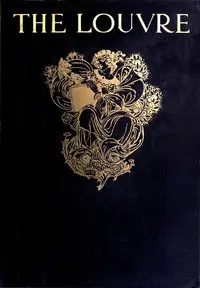
The Louvre: Fifty Plates in Colour
By Paul G. (Paul George) Konody
Journey through the heart of artistic history as presented in the Louvre, where colorful plates reveal the stories behind masterpieces and the evolution of style.
Summary
About the AuthorPaul George Konody was a Hungarian-born, London-based art critic and historian, who wrote for several London newspapers, as well as writing numerous books and articles on noted artists and collections, with a focus on the Renaissance. A recognized expert on the art of the Renaissance, he was lauded for his evaluation of claims of authenticity for works from that period, correctly debunking Wilhelm von Bode's assertion that a bust of Flora was sculpted by Leonardo da Vinci. During World War I, Konody became interested in the representation of war in the arts, and directed an effort to commemorate Canadian participation in that war.
Paul George Konody was a Hungarian-born, London-based art critic and historian, who wrote for several London newspapers, as well as writing numerous books and articles on noted artists and collections, with a focus on the Renaissance. A recognized expert on the art of the Renaissance, he was lauded for his evaluation of claims of authenticity for works from that period, correctly debunking Wilhelm von Bode's assertion that a bust of Flora was sculpted by Leonardo da Vinci. During World War I, Konody became interested in the representation of war in the arts, and directed an effort to commemorate Canadian participation in that war.



